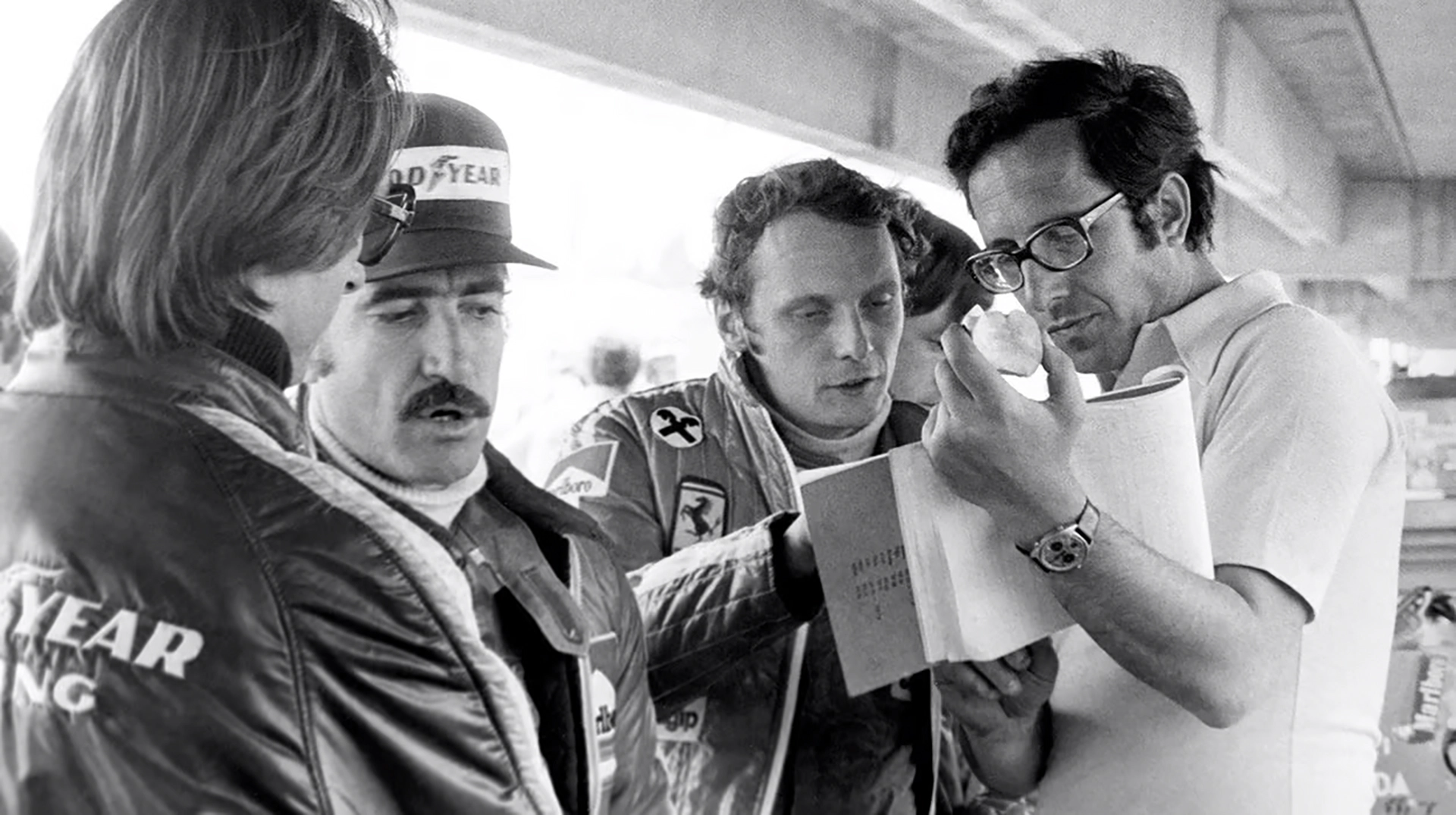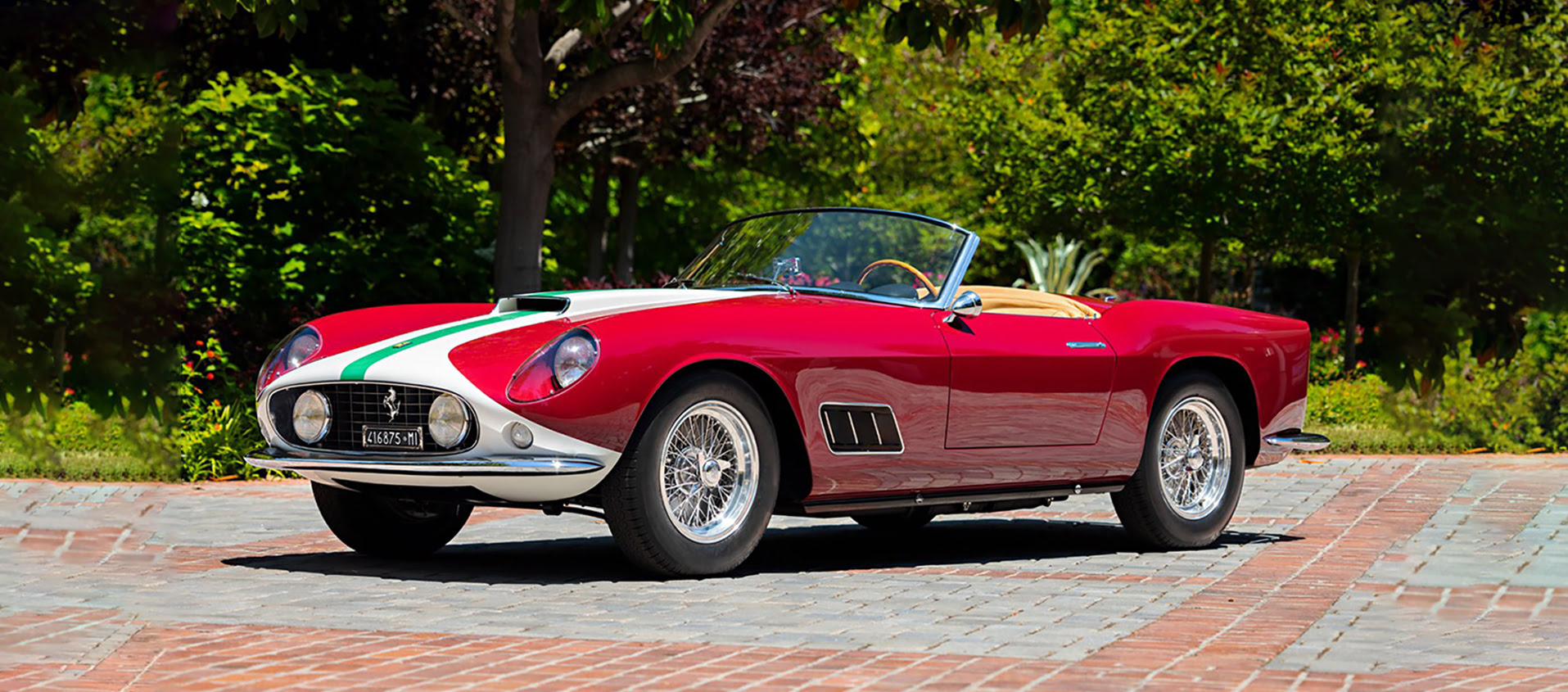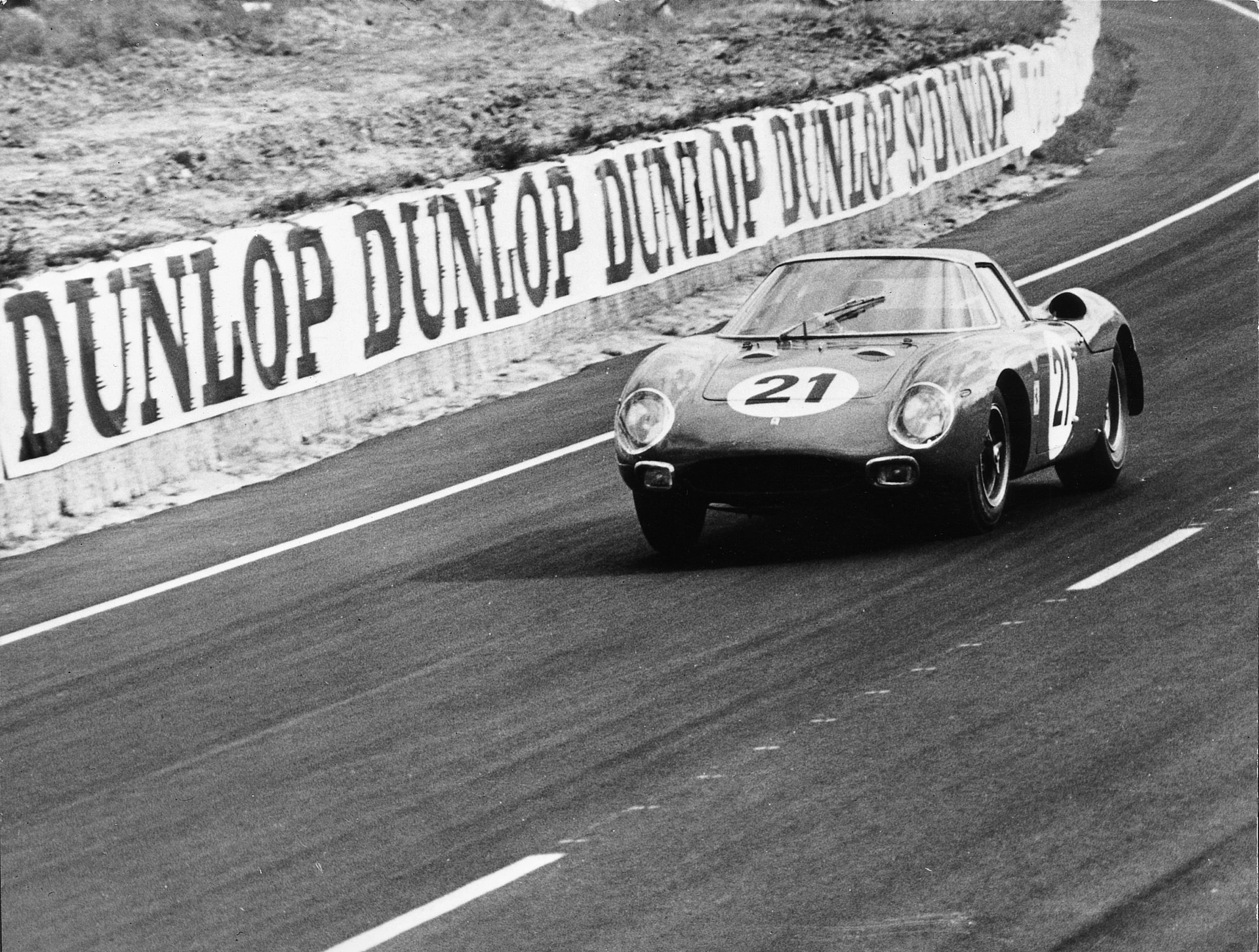Unforgettable Car Geniuses: Mauro Forghieri
18 January 2025 6 min read 5 images

Photo credit: Ferrari, Wheelsage
At the end of 1961, Mauro Forghieri, then 26 years old, had recently graduated in engineering and had been working at Ferrari for two years in the technical department as an engine specialist. His first work experience was exhilarating: at Maranello, the technical responsibility for the racing department was in the hands of the famous Carlo Chiti, assisted by another genius, engineer Giotto Bizzarrini, who was also part of the company’s management team. During those years, Ferrari had spectacular results: securing the Drivers’ and Constructors’ Titles in Formula 1, winning the 24 Hours of Le Mans with the 250 Testa Rossa in both 1960 and 1961, and claiming the World Championship for sports cars. The young engineer Forghieri was thriving but never imagined he would suddenly find himself responsible for Technical Direction.
Register to unlock this article
Signing up is free and gives you access to hundreds of articles and additional benefits. See what’s included in your free membership. See what's included in your free membership.
Already have an account? Log In


